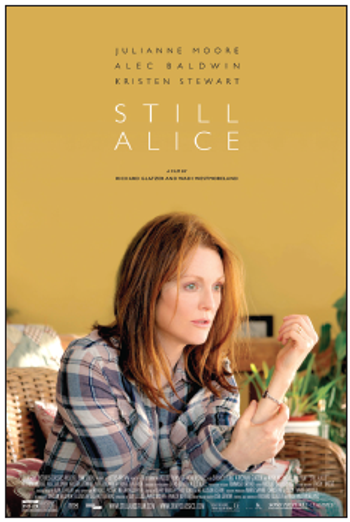
This film is a must-see for psychiatrists, not because it adds new information about the course of Alzheimer disease or its impact on families, but because it forces us to rethink issues that can affect our clinical practice.

This film is a must-see for psychiatrists, not because it adds new information about the course of Alzheimer disease or its impact on families, but because it forces us to rethink issues that can affect our clinical practice.

For many of us who went into psychiatry, relieving the patient’s suffering is not a business enterprise, but an ethical and spiritual calling.

There are probably few health care professionals who are unaware of the concerns about the apparent overprescription of opioids. However, we have had only limited information on how good a job physicians may actually be doing in prescribing these medications.

Professions, psychiatry included, do not have a stellar record of protecting those they serve. Do we have reason to believe that professional organizations or corporate entities can be trusted to protect their clientele?
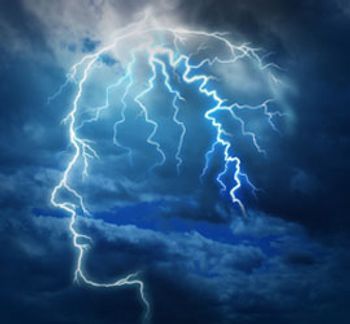
Lithium plays an important role in reducing morbidity and mortality associated with bipolar disorder. Psychiatrists can optimize the benefits of lithium by carefully choosing patients for long-term treatment and educating them about the risks and benefits.

The authors use a 3-step process to identify and evaluate published research with findings that are ready for-and that have a direct bearing on-clinical practice.

In his Editorial, Dr Allan Tasman reflects on a recent meeting he attended in Asia and considers the implications for psychiatric service planning in the US.
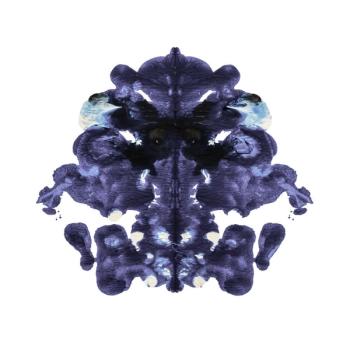
Keeping the season in mind, what is your first impression of this image?
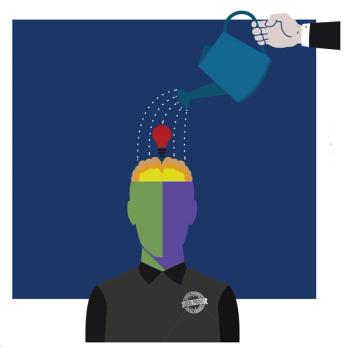
The author applies psychodynamic psychology to understand and recognize so-called "homegrown" terrorists, individuals who are familiar with American culture and thus more difficult to detect.
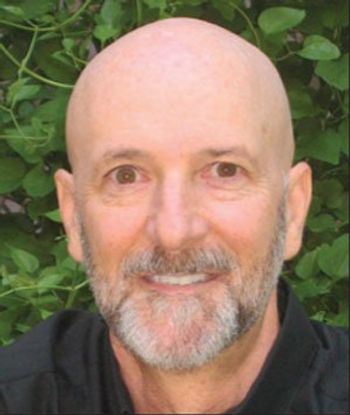
That’s how he’d like to go, he tells me, not by this slow seeding of liver and spine, not with all the tears and long good-byes.

Therapeutic lying, a concept that is currently seeping into the medical literature, is the practice of deliberately deceiving patients for reasons considered in their best interest.

“I may never know who you are,” writes this psychiatrist, “but if you provided medical or psychiatric care for the co-pilot of Germanwings Flight 9525, we are colleagues. And you too are his victims, of sorts. I hope your reputation does not suffer unduly.”

The recent tragedy with the Germanwings crash in the Alps has started a worldwide discussion about mental illness and suicide. NIMH Director Thomas Insel reflects on the larger issues we continue to face.

Was the business of the heart always so heartless?

A recent report that argues against descriptive diagnosis in medicine is historically ill-informed and medically naive, in the opinion of this psychiatrist.

We all become much better therapists if we have confidence in our healing gifts and focus on enhancing our relationships with patients.

Should racism be considered a psychiatric disorder?

A blog on the cultural components of minority groups, mental illness, and stigma.

Years ago I read somewhere that dying is easy-the hard part is being left behind. But I recently met an older woman who taught me otherwise.

A look at a multidisciplinary team -- and its focus on meaningful recovery -- for patients with schizophrenia.

What if we were able to harness the immense power of our digital connections to create tools that can potentially make our lives happier and healthier?

This review focuses on post-stroke depression, apathy, anxiety, and PTSD, because these disorders occur and have been studied most frequently.

Your patient is recovering from a traumatic brain injury. He asks you, “Doc, why do I need so much extra sleep?”

The authors differentiate between 3 types of deliberate self-harm: nonsuicidal self-injury, culturally sanctioned body modifications (tattooing or body piercing), and unintentional or accidental injury.

Dr Thompson introduces a Special Report meant to provoke thoughtful contemplation on various topics related to aggressive behavior.

What role might electroconvulsive therapy play for short-term treatment of agitation and aggression in patients with dementia?

This review critically addresses 4 central assumptions that underlie many US political and popular associations between gun violence and mental illness.

The key focus is on understanding violent offending (eg, reactive, proactive, firearm violence) tied to antisocial personality disorder and psychopathy using a psychobiological lens.
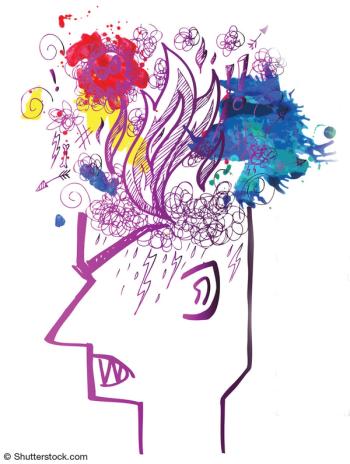
Here: a close up look at impulsive aggression.

When did human rights become negotiable in the US? A commentary on dismantling and closure of federal and state mental hospitals.